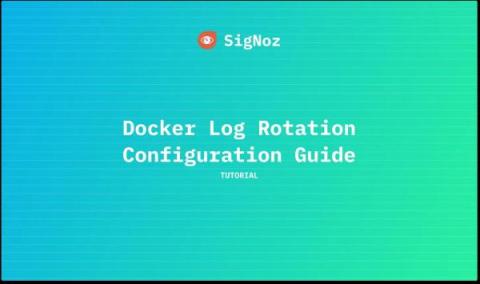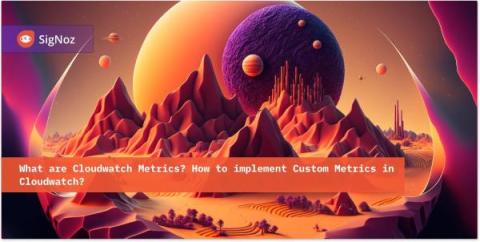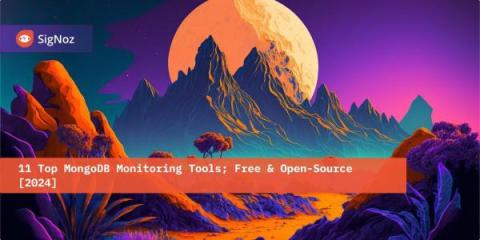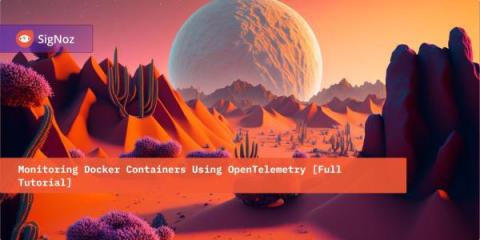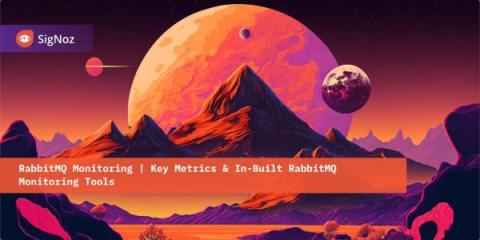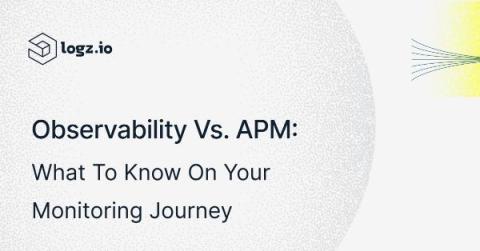Operations | Monitoring | ITSM | DevOps | Cloud
Latest News
What are Cloudwatch Metrics? How to implement Custom Metrics in Cloudwatch?
11 Top MongoDB Monitoring Tools; Free & Open-Source [2024]
What is Cloudwatch Metrics? Detailed 101 Guide
Monitoring Docker Containers Using OpenTelemetry [Full Tutorial]
Monitoring CouchDB with OpenTelemetry and SigNoz
JS Toolbox 2024: Essential picks for modern developers (Overview)
101 Guide to RabbitMQ Metrics Monitoring
Observability vs. APM: What to Know on Your Monitoring Journey
In the ever-evolving landscape of software development and IT operations, monitoring tools play a pivotal role in ensuring the performance, reliability, and availability of your applications. Two key disciplines in this domain are observability and Application Performance Management (APM). This post will help you understand the nuances between observability and APM, exploring their unique characteristics, similarities, benefits and differences.
Improving API error responses with the Result pattern
In the expanding world of APIs, meaningful error responses can be just as important as well-structured success responses. In this post, I'll take you through some of the different options for creating responses that I've encountered during my time working at Raygun. We'll go over the pros and cons of some common options, and end with what I consider to be one of the best choices when it comes to API design, the Result Pattern. This pattern can lead to an API that will cleanly handle error states and easily allow for consistent future endpoint development.


